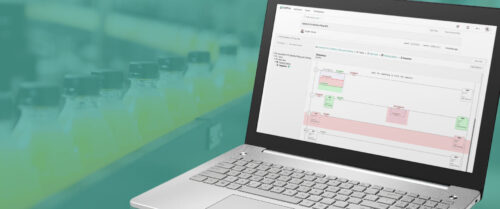Design, maintenance, reliability make Ethernet hardware industrial
Ethernet hardware can be made suitable for industrial environments, explains Raj Rajani, product marketing manager, Ethernet infrastructure products,
Siemens Energy & Automation
. Here’s how.
Hardware design: The design of the hardware is key. It is important to have robust all-metal housings. The hardware should be extra vibration-resistant, insensitive to EMC faults, and secures reliable data traffic also in EMC-burdened environments. In addition, look for durable, secure plug connections and RJ45 all-metal plug connectors with additional locking mechanisms. The hardware should also have the ability to operate at temperatures between -20 and 70 °C with condensation.
Maintenance and troubleshooting capabilities: Diagnostics are important as well. The devices should have LEDs (link status, power, collisions, data). The network diagnosis should be integrated into the PLC programming package.
Network design: Topologies include line, star, and tree. Ethernet hardware for industrial environments have a redundant electrical / optical ring and reliable shielded cables. The topologies should be easily integrated into enterprise Security via VLANs.
Reliability: Industrial Ethernet has high availability, including fast media redundancy in the range of milliseconds in electrical/optical ring topology. Redundancy for wireless routes (IWLAN) is important as well. Redundant power supply connects and integrates into a SCADA system, Rajani says.
Read also: Who Puts the ‘Industrial’ in Ethernet?
Edited by Mark T. Hoske, editor in chief
Control Engineering Daily News
Do you have experience and expertise with the topics mentioned in this content? You should consider contributing to our CFE Media editorial team and getting the recognition you and your company deserve. Click here to start this process.





